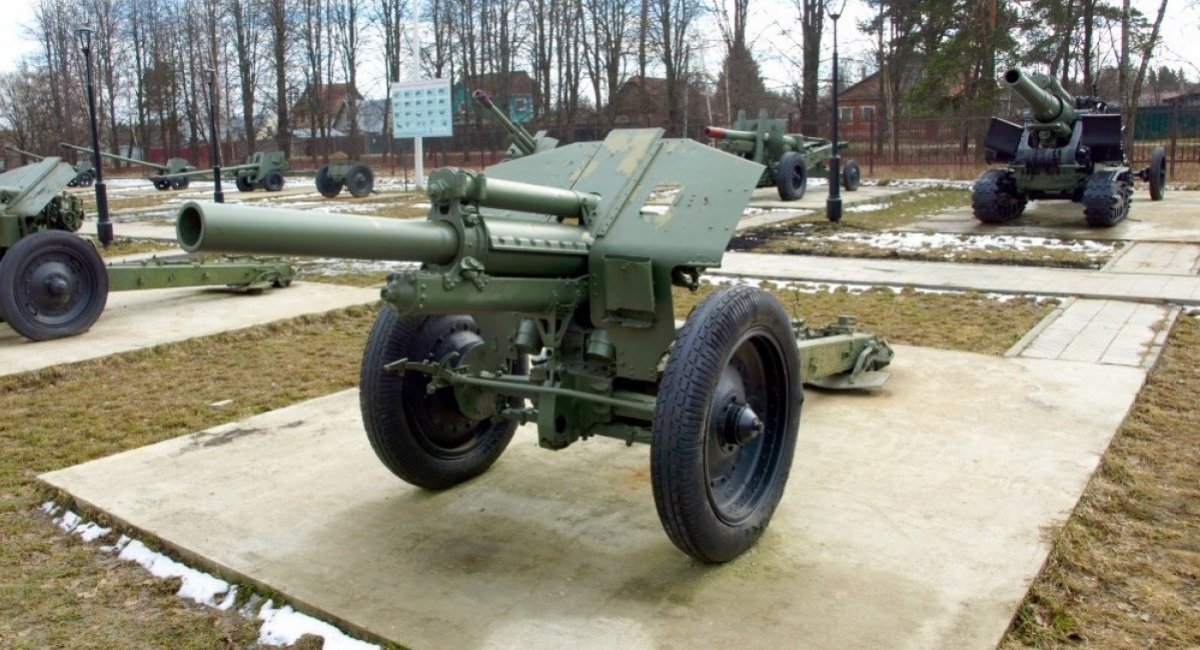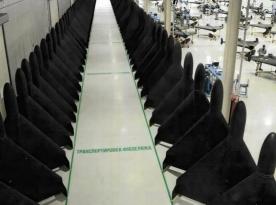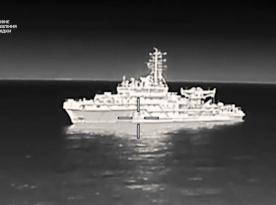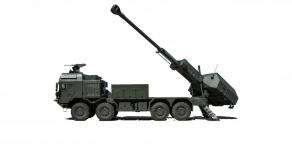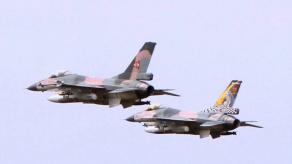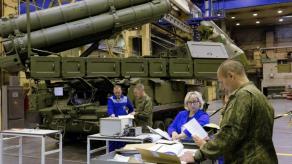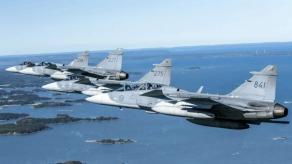Recent reports indicate russian armed forces are taking old M-30 towed howitzers out of long-term storage, restoring and putting them back into the army ranks. This sounds like a logical continuation of the effort to offset the losses in artillery, which amounted to 4,000 field guns in just the past three months of 2025. However, the reasoning behind choosing this particular item may actually be much more complicated.
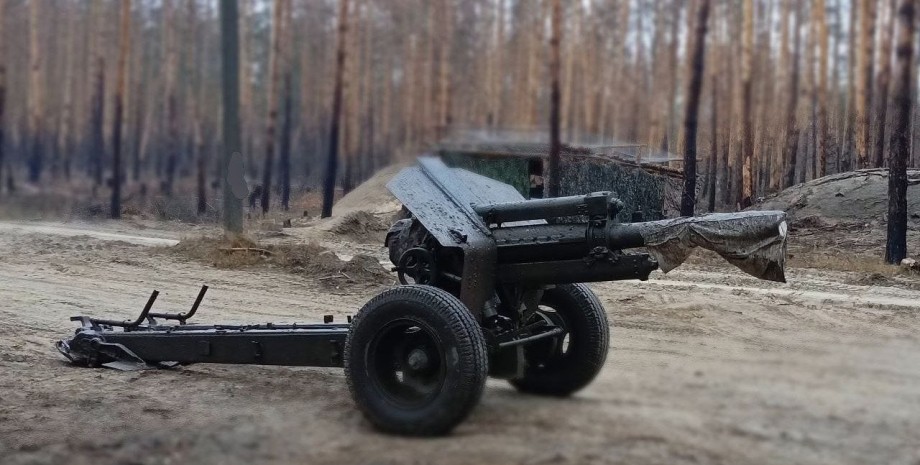
For starters, let's outline the current inventory. The Military Balance 2024 assessment by IISS provides the following figures: as of early last year, the russian army had 2,000 M-30 (aka M-1938) howitzers in storage, making it the second most abundant type of artillery in russian war reserve — after the D-30 gun, which numbered 2,400 units. Currently, there is no information to rely on in the assessment of the number of M-30s ready for combat, so the scale of this trend remains speculative.
Read more: The russian 2S5 Giatsint-S Goes Underground—A Sign of Drone Warfare's Dominance?
The "fact sheet specifications" of the M-30 howitzer are not that impressive: required crew is 8 people, rate of fire is 5–6 rounds per minute, maximum firing range is 11.8 kilometers, trunnion height is 1,200 mm, and the allowed towing speed on the highway is up to 50 km/h.
In comparison, the earlier mentioned D-30 howitzer boasts better characteristics: crew of six, rate of fire is 7–8 rpm, the aimed fire/maximum firing range is 15.3 km when using a HE-FRAG projectile or 22 km with a rocket-assisted one. Therefore, it seems like a more logical decision would be to prioritize de-mothballing D-30s first instead of older and less capable M-30s.
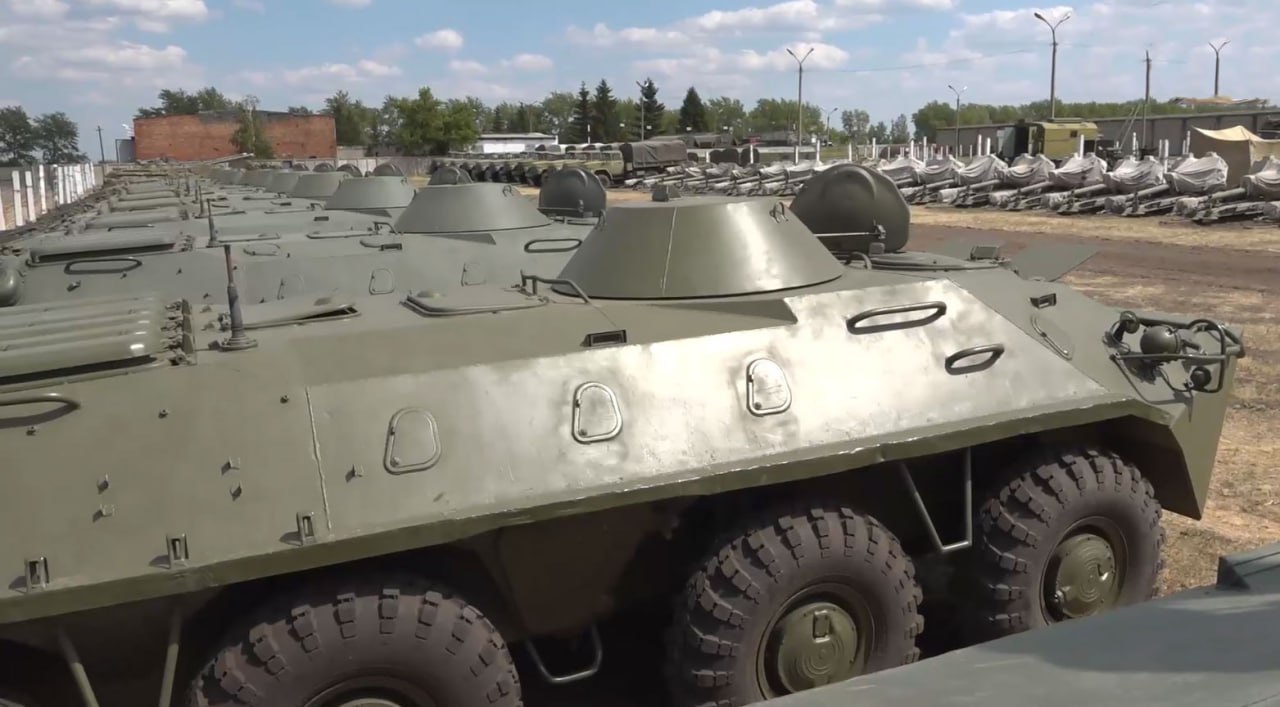
However, the russians may be following a particular calculus in restoring these WW2-era howitzers. By decommissioning old artillery systems, russian army can obtain the appropriate "volley mass" to support its assault groups during offensive operations. The russians might see the shorter firing range and possibly worse barrel durability compared to the D-30 as acceptable drawbacks as long as they can achieve the desired effect.
Moreover, they have developed a somewhat universal practice of using so-called "nomadic maintenance teams" and started burying all artillery systems almost entirely underground to increase the survivability of both personnel and equipment.
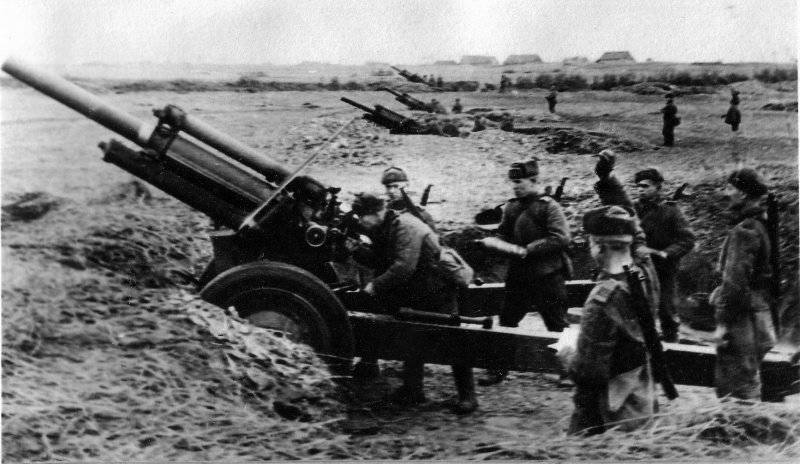
Read more: The 40th Separate Artillery Brigade Demonstrates How Polish AHS Krab System Transforms Night into an Ally on the Battlefield (Photos)




